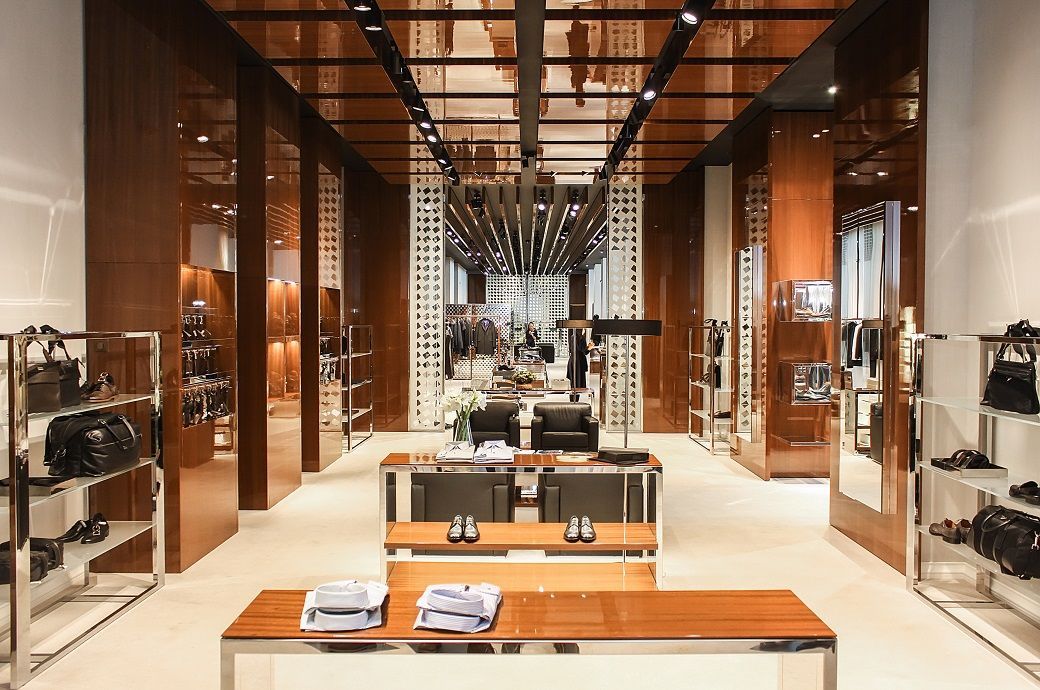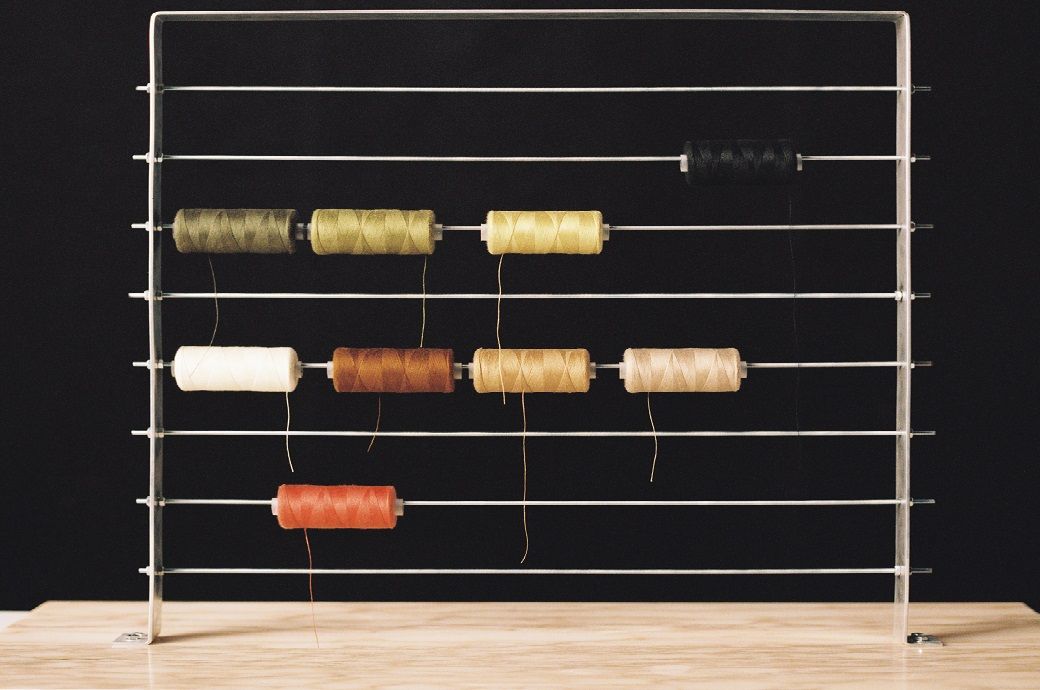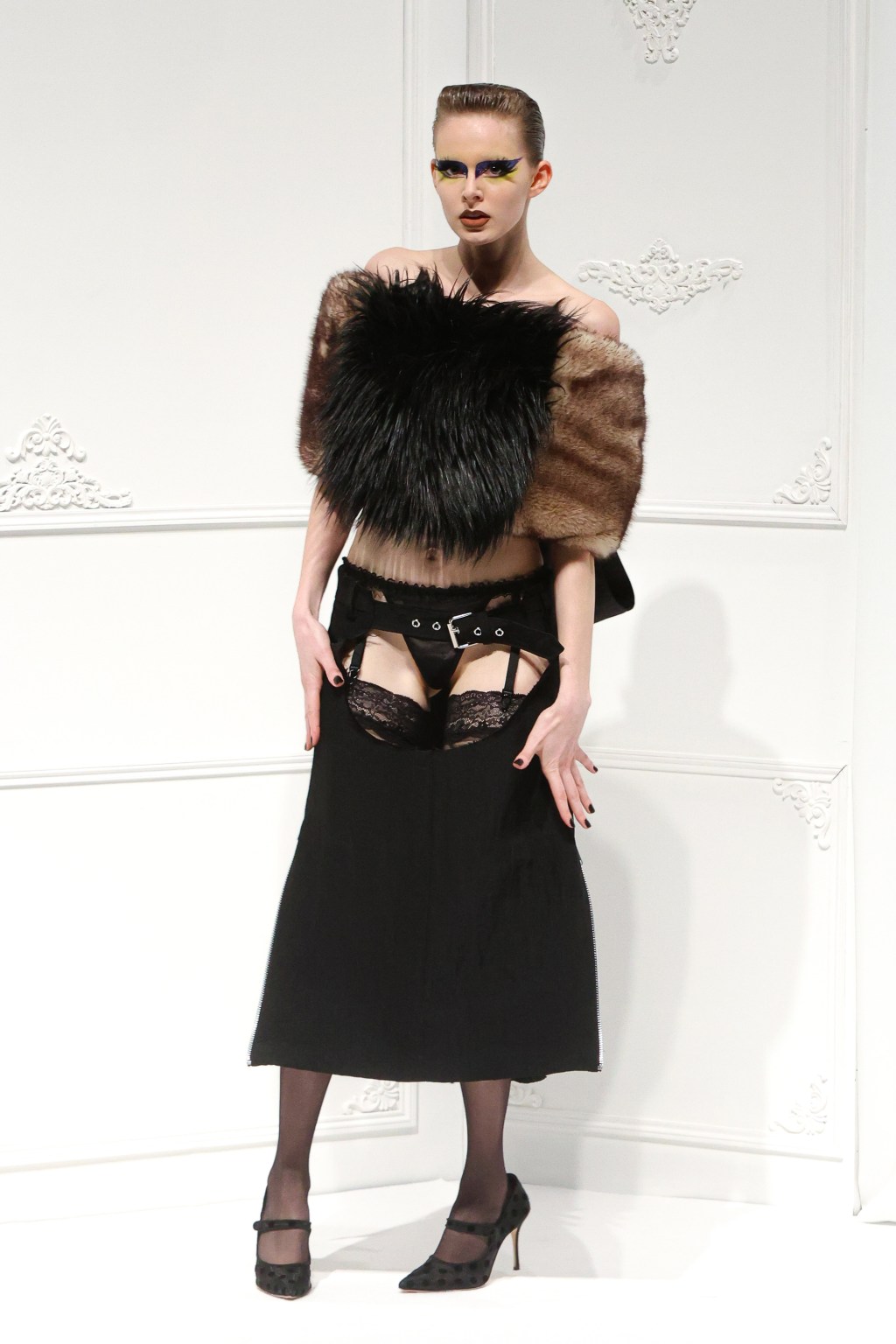This year's report offers information of more than 7,000 luxury consumers based on quantitative surveys, focal groups and in -depth interviews. To analyze consumer spending and behavior with an optimal approach and precision, the report also takes advantage of the Wealth-X database of altrata of more than 150,000 individual profiles of high net worth (HNWI), in addition to CEO interviews, executives, advisors, experts and partners of high net worth.
This year's global global consumption ideas are deeply immersed in the history of luxury, looking back in its roots in the nineteenth century when it was the domain of the true rich. Over time, the market expanded to lists to use, beauty lines, global flagships, social networks and more, helping it brilliantly climb, so far. This democratization brought mass growth, since aspirational consumers finally represent more than 70 percent of the market volume. But in a race by the scale, part of the soul of luxury was lost, since much of the industry exchanged exclusivity for reach, exchanging stability for volatility.
The luxury personal market is stagnating as aspiring consumers, once 70 percent of the volume, receive expenditure due to financial tension, with 35 percent reducing or stopping purchases. The brands that depend on them have a lower performance, while those focused on first -level customers are thriving. Consumers demand personalized, high -touch experiences, value crafts on mass production and seek exclusivity.
As a consequence, the segment that previously boosted growth now reveals its fragility: aspirational consumers have decreased by 13 percentage points in market share since 2013 as affair concerns continue to predominate. Only in the last year, about 35 percent of these consumers reduced or stopped their luxury expense, diverting it to savings and investments, well -being and second -hand purchases in particular. About 50 percent of these clients now feel financially vulnerable.
Today, brands with a customer base composed of more than 50 percent of aspirational consumers are seeing the most pronounced decreases, with a lower performance sharply in the last 12 months. On the contrary, brands that have remained loyal to top -level clients are not only putting the storm, but they thrive.
The research shows that customers get involved with up to 57 brands and receive 40-60 dissemination messages monthly, often lack personal relevance, leaving 65 percent feeling overwhelmed and disconnected. They value personalized interactions and driven by the context on the generic scope. In addition, 80 percent prefer exclusive private spaces with high -touch service, looking for intimacy in people full of people. Excellence in the product matters deeply, with 89 percent prioritizing crafts on mass production. In addition, 70 percent of first -level potential customers are overlooked due to rigid segmentation criteria.
Fiber2Fashion News Desk (RR)












